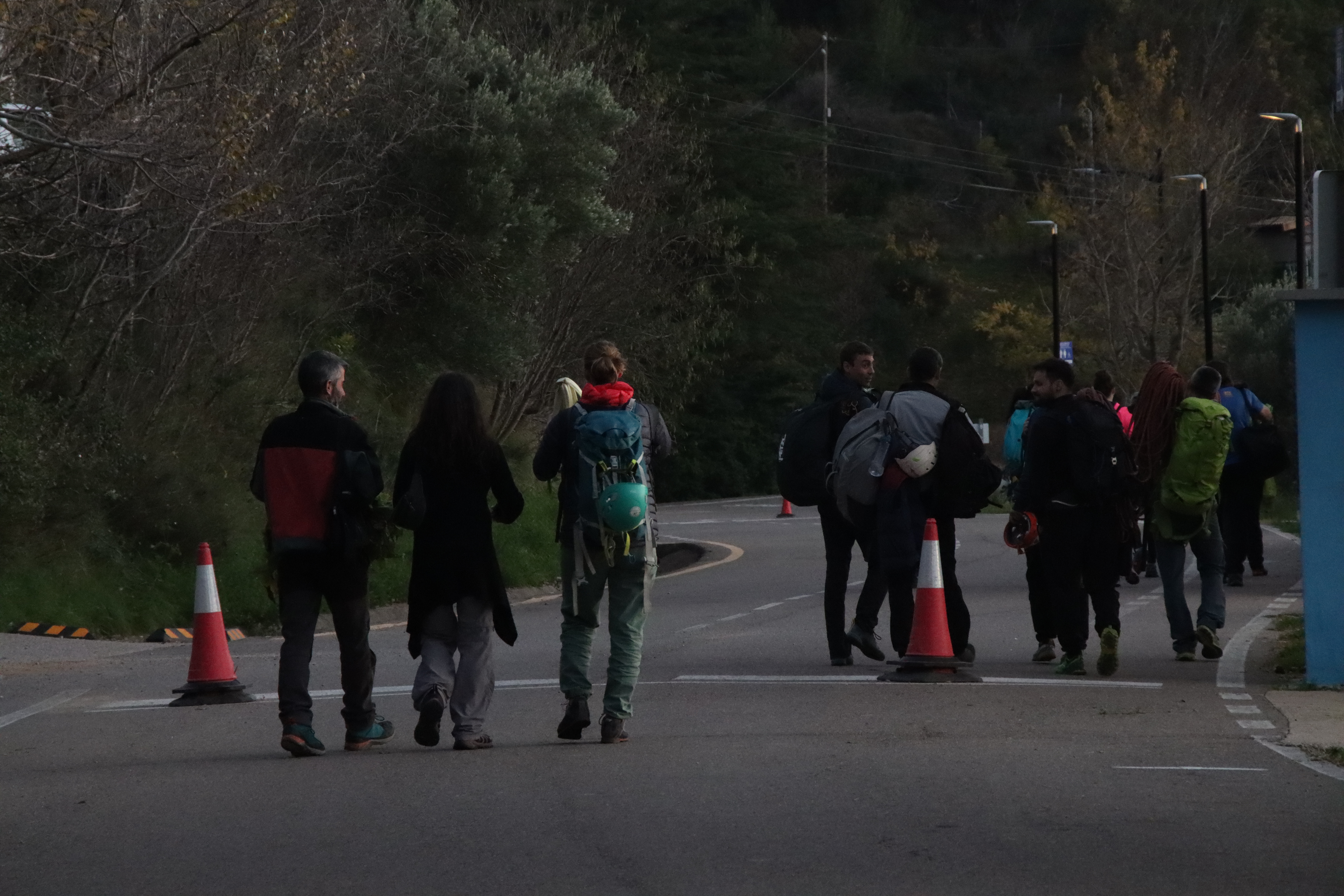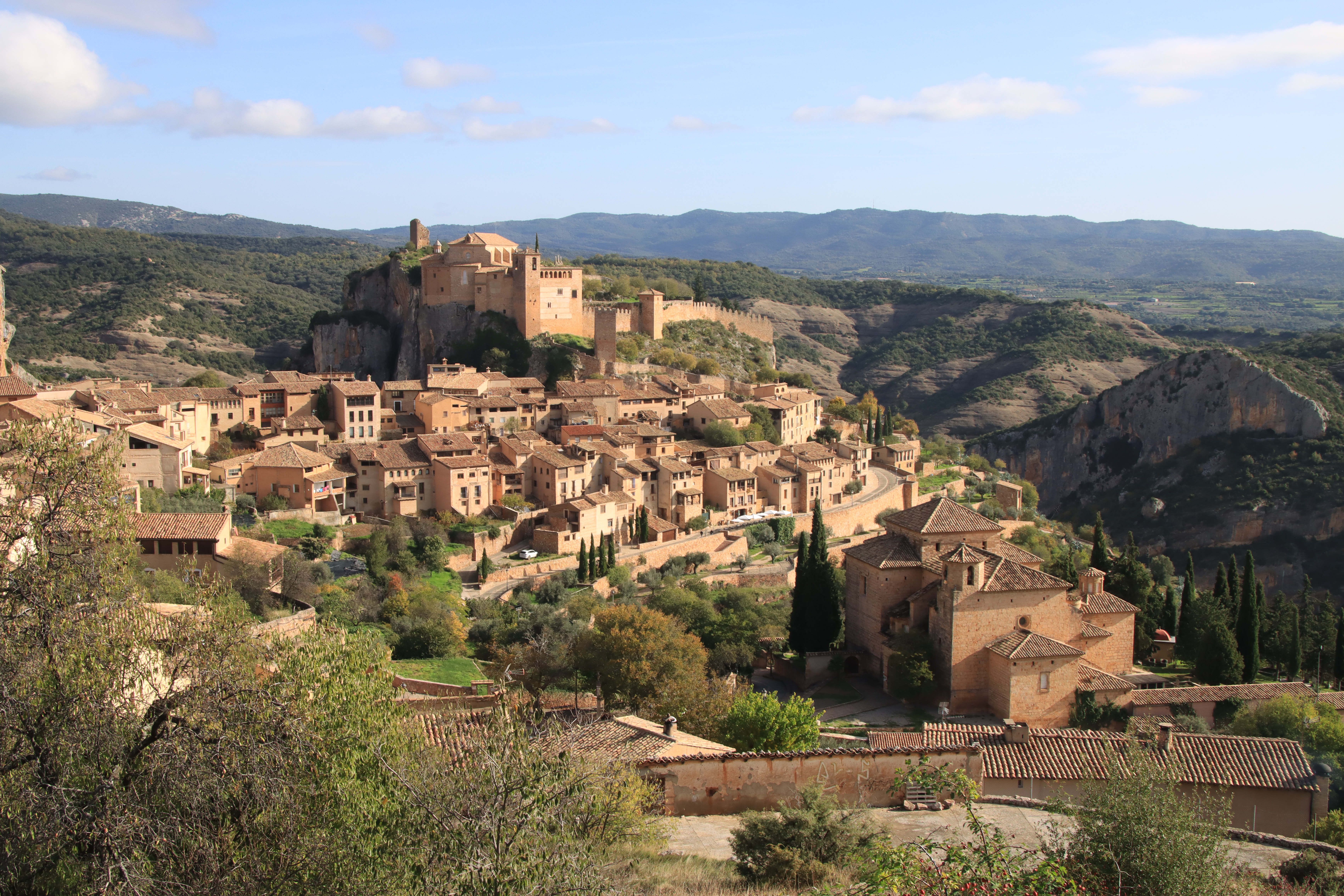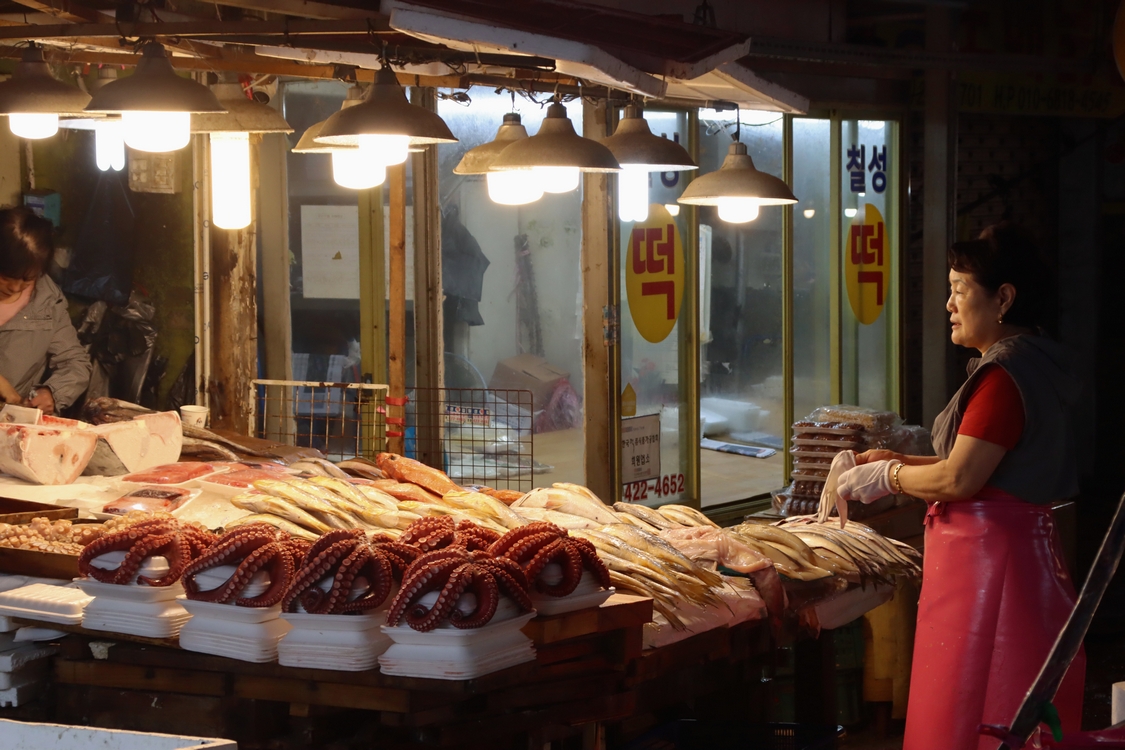In my last dispatch, I teased I was visiting the Spanish region of Aragon, and that I would perhaps have nicer things to say of the Spanish and their customs. Of Aragon I have naught but praise for its particular charms. The region’s borders touch the Pyrenees to the north, Catalonia to the east, and the heart of Spain, Castilla-La Mancha, to the south. I slightly misspoke that it was beyond the reach of the Muslim conquerors of the Middle Ages, as it in fact the stage on which a major chapter of these wars played out.
The Aragonese were the first large region to completely throw the Muslims out, uprooting them from their forts and cities, smashing the forts, and converting them into churches. The Kingdom of Aragon played a triumphant role in this struggle that lasted generations. Claimed by the illegitimate son of a northern Spanish ruler, Ramiro I founded the kingdom in the winter resort city of Jaca, and two of his following three heirs, Sancho Ramirez and Alfonso, conquered the Islamic successor state centered in Zaragoza, the region’s capital. These men were not the inbred courtly nobles of other European realms, but warrior kings, all three of whom died in battle against their foes.

As such, castles litter the landscape of Aragon, and traces of Islamic heritage do as well. In fact, the region’s great patrimonial contribution to the European story is the architectural fusion that was born when the inheritors of the kingdom Alfonso won fashioned their churches with Muslim brick and tile art. One can only imagine the mental anguish that the fanatically pious Almohades felt having been conquered by the Christians and forced to ornament the churches, often built atop the ruins or structure of a mosque or Qasr (a fortress) with designs originating from Muslim hands.
I’ve read many of the great Muslim travelogues, and one of them was written by a subject of the Emir of Cordoba at around these early 12th century dates, and of the Christian lands he spares no crack of his pen’s whip.
Anywho, this narrative provides a constant backdrop of delicious and nutritious historical context to all things seen and observed in this region. It wasn’t necessarily what I was imagining to encounter here, but I didn’t necessarily know what I was going to encounter. As it always is with Europe, the history lies so thickly over their societies that the traveler can’t help but accumulate it like a hiker accumulating spider web threads on his trousers.
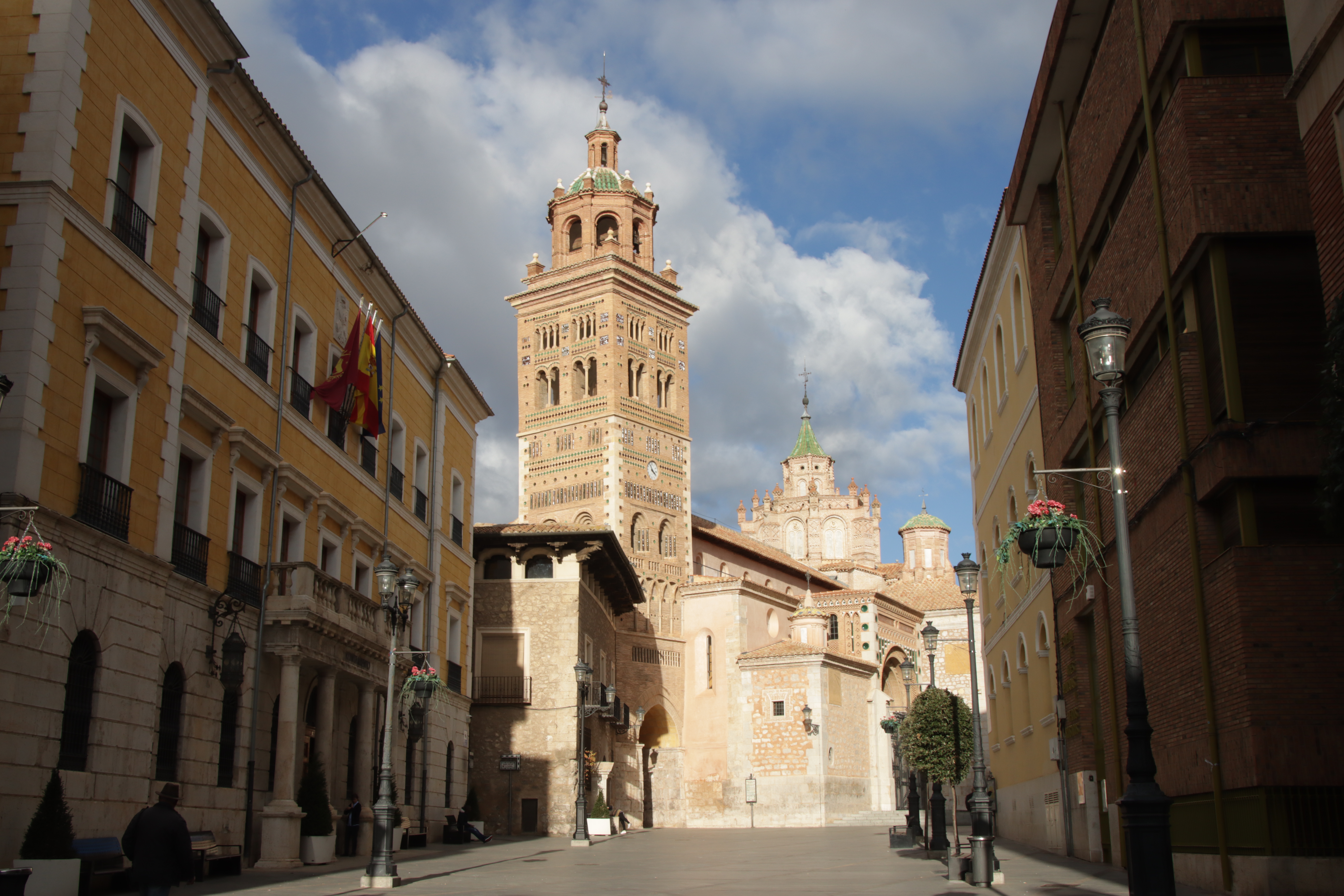
One of the castles is world famous: the Castle of Loarre, and one of the churches built atop a Qasr, is nationally famous: Alquezar (literally ‘the castle’ in Arabic). Alquezar was voted as the most beautiful pueblo in Spain one year, and it touches the pre-Pyrenees range littered with castles and canyons.
I’ve never seen more rock climbers in my life than in Aragon. Owing to the beautiful red and parchment-colored rock, there are many climbing hotspots, including the town of Riglos, which has almost entirely given itself over to being the equivalent of a Himalayan hill station from the British Empire only for ascending this kind of rock.
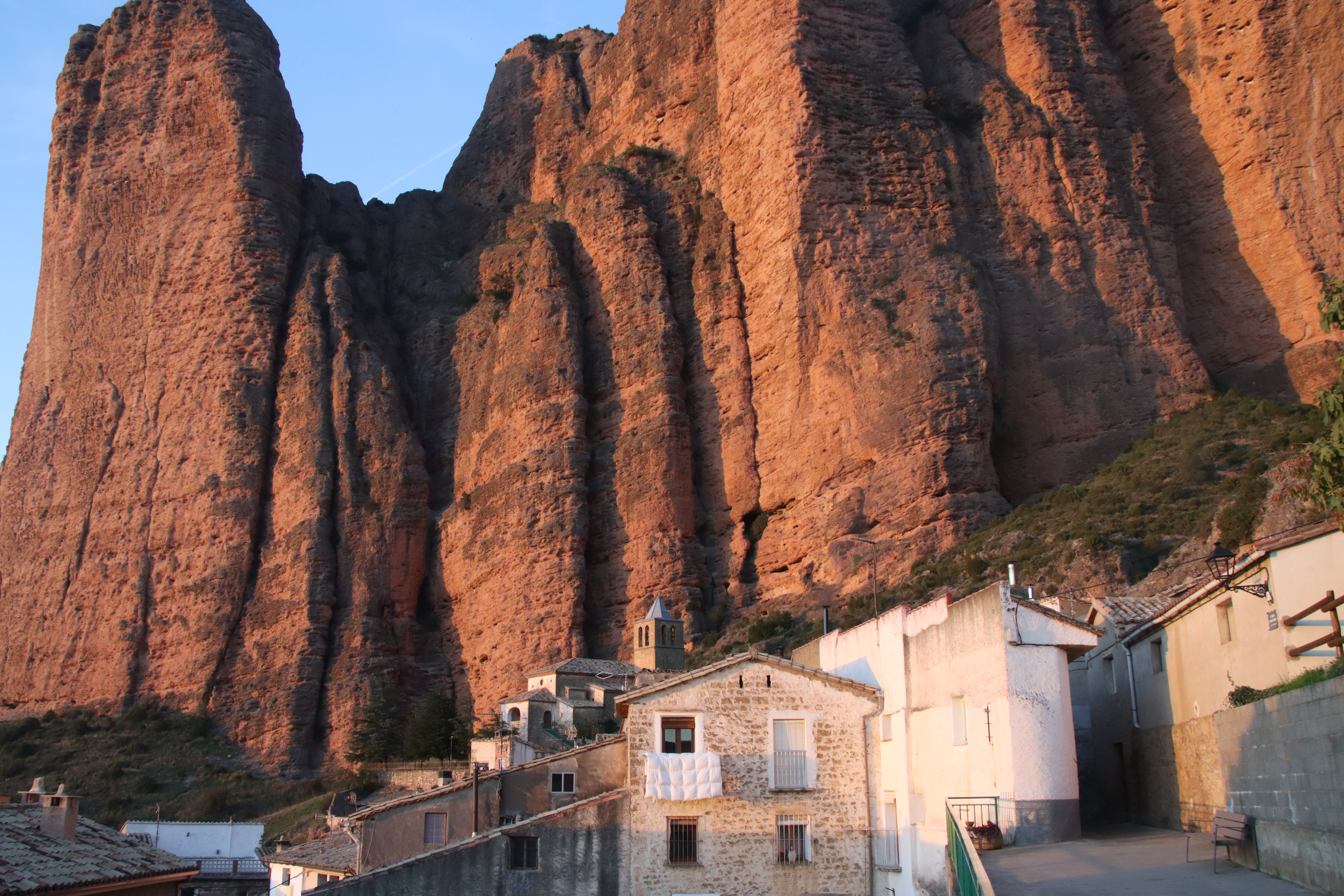
In particular, Los Mallos, a sheer cliff face rising hundreds of yards out of the hillside shaped a bit like a mitten that towers over the town. It’s the most impressive single natural feature I have seen up close in Europe in all my travels. From my home, on a clear day, one can see the second tallest mountain in Europe, Monterosa, and that still must take the honor, but Los Mallos seemed like a red El Capitan, where the climbers on its faces and pinnacles were so high up you could barely make them out with your own two eyes.
These are just some of Aragon’s charms, and if I haven’t written anything about its cuisine, that’s owed to my own failures, not to the bountiful produce of its fields and beasts. WaL
